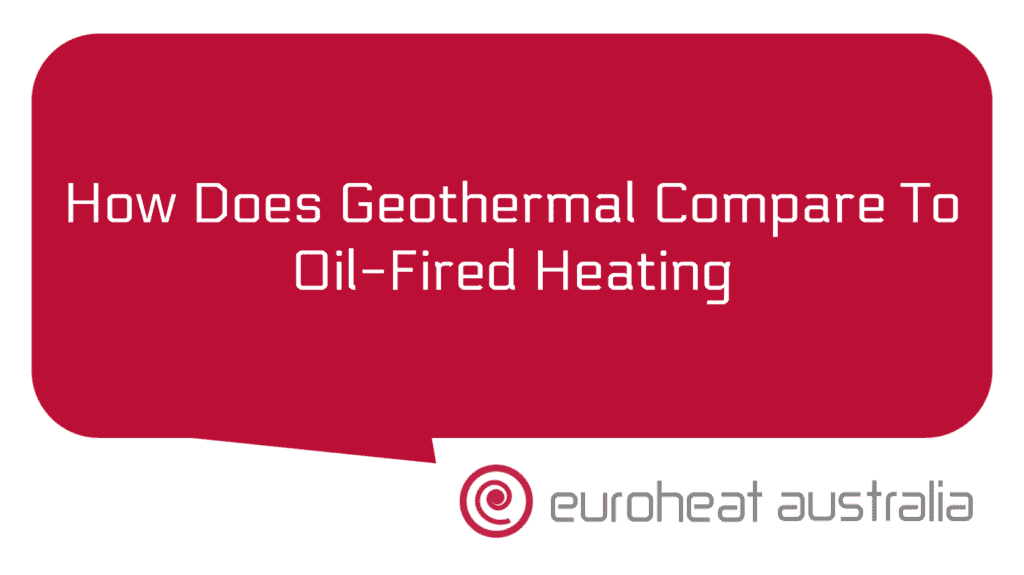If you’re looking to maximize the efficiency of your waste heat pool heating system, then the good news is that there are a number of steps you can take to ensure your pool stays nice and warm all year round. One of the most effective ways to do this is by installing a heat and chill recovery system.
What is a Heat and Chill Recovery System?
A heat and chill recovery system is designed to capture the already existing warm air within your home and use it to heat your pool. It works by taking in warm air from inside the house, cooling it down, transferring the heat into the pool water, and then returning the cooled air back into the home. This process reduces energy costs considerably as it eliminates the need for an external energy source such as gas or electricity to power a regular swimming pool heater.
Benefits of Installing Heat and Chill Recovery System
By installing a heat and chill recovery system for your waste heat pool heating system you can expect to see savings in both energy costs and installation costs. The main benefit of using this type of system is that it can reduce energy costs by up to 70%, which is significantly more than traditional swimming pool heating systems. Additionally, installation costs are also reduced significantly due to its simple setup process. Heat and chill recovery systems also provide other benefits such as improved comfort levels in your home, especially during hot summer months when indoor temperatures can become quite uncomfortable. Furthermore, they also improve air quality within your home as they continuously filter out dust particles from circulated air.
Calculations of Energy Savings & Cost Reduction with Heat & Chill Recovery System
For example, if you install a 5kW capacity heat pump with an efficiency rating of 3 COP (Coefficient Of Performance) then you can expect savings of up to 70% on running costs compared with traditional electric resistance heating systems which have an efficiency rating of 1 COP. Furthermore, installation costs can be reduced by up to 30%. For instance, if you were to install a 5kW capacity electric resistance heating system then you would be looking at an average cost of around $2000 whereas if you installed a 5kW capacity heat pump with an efficiency rating of 3 COP then you could expect installation costs to be in the range of $1500 – $1800 depending on complexity level required.
Design & Installation Services from Euroheat Australia
If you’re looking for design & installation services for your waste heat pool heating system then Euroheat Australia offers comprehensive services tailored specifically for Australian homeowners. They have over 30 years experience designing & constructing hydronic heating & cooling systems for residential properties throughout Perth so you know that their service will be top quality every time. Furthermore, their team provides excellent customer service which means that any queries or issues that may arise during installation will be swiftly resolved ensuring minimal disruption caused by any delays or inconveniences caused by unexpected problems during work carried out onsite at your property.
To conclude, if you’re looking for ways to maximize the efficiency of your waste heat pool heating system then installing a heat and chill recovery system could provide considerable savings in both energy costs and installation costs whilst also improving comfort levels in your home as well as improving air quality within it too. If this sounds like something that might benefit you then why not get in touch with Euroheat Australia who have over 30 years experience designing & constructing hydronic heating & cooling systems throughout Perth so they are sure to provide excellent customer service whilst also delivering top quality results every time!





